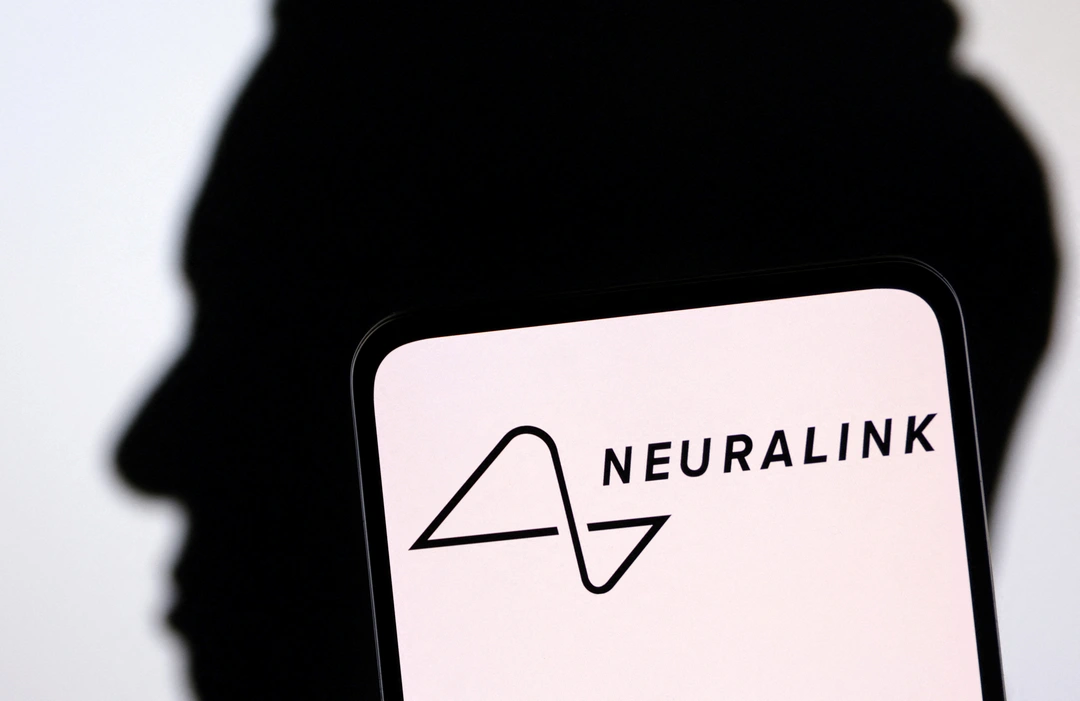Elon Musk’s brain‑computer interface start‑up, Neuralink, is negotiating to raise new capital at a valuation that may exceed $8.5 billion, based on term‑sheet information seen by Bloomberg News. The figure—about twice the company’s price in 2021—reflects how rapidly investor demand is increasing for neurotech, an industry previously limited to university laboratories but now awash with venture capital and ambitious timelines.
From Sci‑Fi to Cap Table
Individuals close to the pitch deck indicate that Neuralink seeks to raise $200 million to $250 million in a late-stage round led by Dubai‑based Vy Capital, an evergreen fund that was involved in prior financings. The target price suggests a pre‑money valuation of approximately $8.3 billion, with up to 3 percent of new equity issued, pushing post‑money value to $8.5 billion. Current investors—Founders Fund, Craft Ventures, DFJ Growth—are set to take pro‑rata slices.
“Syndicate is oversubscribed before actual road‑shows start,” explains one limited partner who has been briefed but is not approved to comment. “Neuralink is where AI, hardware, and biotech converge. A lot of crossover funds don’t want to miss the next OpenAI‑size leap.”
In its most recent known round, July 2021, Neuralink raised $205 million at a valuation just shy of $4.5 billion. Internal secondary transactions in 2023 valued common stock nearer to $5.5 billion, people familiar report. The new price would give early employees and angel investors windfall mark-ups of over 18× since the company’s seed in 2017.
Why the Price Premium?
First‑in‑human trial under way. In January the U.S. Food & Drug Administration approved Neuralink’s first clinical study, named PRIME. The initial volunteer, a 29‑year‑old quadriplegic, was implanted in March and showed ability to move a mouse cursor by thought in early videos.
IP moat. The firm has more than 350 granted patents, ranging from robotic neurosurgical tools to biocompatible electrodes.
Optionality. Aside from medical uses such as spinal‐cord injury, Musk promotes future “cognition‑enhancement” enhancements that some investors describe as software‑as‑a‑service for the brain.
Star power. The Tesla and SpaceX CEO is still the world’s most followed tech founder, capable of raising nine‑figure amounts with a tweet.
The Multi‑Billion‑Dollar Brain Race
As Neuralink makes headlines, competitors have achieved real gains. Synchron, a New York–based company supported by Khosla Ventures, inserted its Stentrode device into U.S. patients two years ago and is preparing for a make-or-break trial. Blackrock Neurotech, Precision Neuroscience (founded by Neuralink alumni), and Paradromics have each raised $50 million-plus to bring next-gen interfaces to market.
“Neuralink’s valuation jumps ahead of its clinical maturity,” warns Arun Sridhar, a Deerfield Management neurotech venture partner. “The FDA still has years of safety data before chronic implants make it to even niche markets.”
But investors reply that the addressable market is enormous compared with usual med‑tech plays: paralysis, blindness, depression, epilepsy—diseases that together cost global health systems more than $1.3 trillion a year, WHO estimates.
Regulatory Tightrope
Investigation is heightening. The U.S. Department of Agriculture’s inspector‑general is considering animal‑welfare grievances originating from early primate tests conducted at Neuralink’s California plant. The SEC last year also investigated whether Musk overemphasized timelines in fundraising decks—a question people close to the matter indicate is asleep but not yet officially closed.
Company executives reaffirm that safety comes first. “Each round of design takes away risk and adds longevity,” DJ Sewnarian, director of device engineering at Neuralink, says. “We are playing in the area between Class III medical devices and consumer products, so extensive testing is not negotiable.”
Path to Revenue
Neuralink foresees its initial commercial application—thought‑controlled cursor in spinal‑cord injury patients—may receive FDA approval by late 2028, according to an investor call transcript seen by this magazine. Pricing scenarios posit a $50 k implant paid for through current neurostimulation codes, producing about $500 million in yearly sales at moderate penetration.
In the longer term, management promises brain-computer “app stores.” Think of it, executives say, downloadable speech-synthesis software, memory enhancement, or real-time translation. Naysayers label that hype. Supporters point to analogies with pacemakers, cochlear implants, and deep-brain stimulators, each of which was once considered futuristic.
Musk Factor: Risk or Rocket Fuel?
The presence of Elon Musk is two‑edged. Following disorderly management at X (previous Twitter) and public Tesla FSD U‑turns on timelines, the governance hawks fear overpromising. Few question his capacity to mobilize engineering talent, however.
“He builds gravitational force. Neuro-surgeons, firmware nerds, machinists—they all want in,” says Claire Diaz‐Ortiz, Tech Titans & Turbulence author. “Investors pay a premium for that gravitas.”
Exit Scenarios
Neuralink’s most realistic off-ramp is an IPO when critical data ripens, bankers claim. A trade sale seems unlikely—Big Pharma doesn’t have hardware know-how, while Medtronic or Abbott might risk antitrust loops.
2022 Bain & Co. survey: 73 % of med‑device CEOs see BCIs as a $10 billion-a-year market in 2032.
What Might Scuttle the Deal?
Negative safety event during PRIME trial.
Stricter SEC disclosure regulations for private issuers with over $5 billion market value.
Abrupt equity‑market correction that hits late‑stage multiples.
Regulatory crackdown if USDA investigation uncovers systemic animal‑testing abuses.
Bottom Line
Neuralink’s proposed $8.5 billion valuation makes it the richest-valued pure-play neurotech firm to date, beating out Penumbra, Inspire Medical, and other listed peers. Bulls say the potential justifies the price tag; bears caution that whiteboard breakthroughs don’t necessarily hold up in the OR.
For now, investors appear ready to bet that Musk’s latest moon‑shot will someday let humans type their thoughts at 70 words per minute—or maybe even duel with artificial super‑intelligences on an even cortical playing field.
“We’re funding the next frontier of human–machine symbiosis,” says a Vy Capital partner. “If it works, $8 billion will look cheap.”







